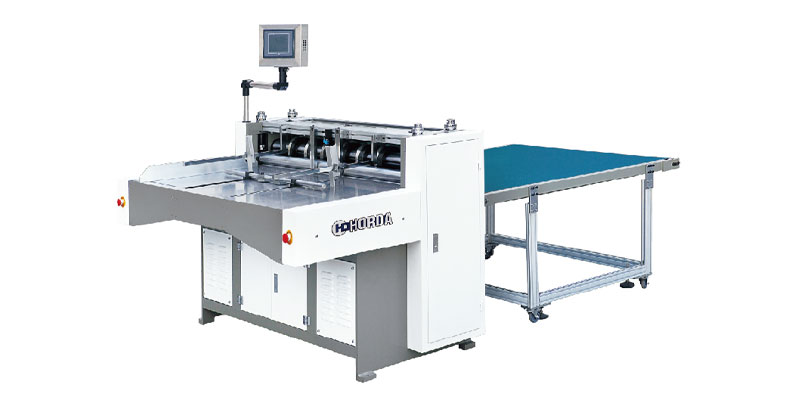In the paper products industry, auxiliary equipment plays a vital role in enhancing production efficiency, ensuring product quality, and optimizing operational costs. Selecting the right auxiliary equipment can significantly impact your business's competitiveness and profitability. This guide outlines key considerations to help you make an informed decision.
Machine Compatibility: Ensure the auxiliary equipment is compatible with your existing paper production machinery to avoid compatibility issues.
Interface Standards: Check that the equipment adheres to industry-standard interfaces for easy integration into your production line.
Modular Design: Modular auxiliary equipment allows for easier upgrades and replacements, reducing downtime and maintenance costs.
Automation Potential: Look for equipment that can be automated or integrated with existing automation systems to improve productivity.
Scalability: Choose equipment that can scale with your production needs, ensuring it remains useful as your business grows.
Energy Efficiency: Select equipment that consumes less energy to reduce operational costs and environmental impact.
High-Speed Performance: Equipment that operates at high speeds can significantly increase production output.
Maintenance Requirements: Choose equipment with low maintenance requirements to minimize downtime and associated costs.
Durability: Ensure the equipment is built to last, with components that can withstand the rigors of continuous operation.
Ease of Use: User-friendly equipment reduces the learning curve for operators and minimizes the risk of errors.
Precision Components: High-precision components ensure that the auxiliary equipment performs accurately, maintaining product quality.
Quality Control Features: Look for equipment with built-in quality control features, such as sensors and monitoring systems, to detect and correct defects in real-time.
Customization Options: Customizable equipment can be tailored to meet specific production requirements, enhancing product quality and efficiency.
Consistency: Ensure the equipment maintains consistent performance over time, reducing variability in product quality.
Certifications and Standards: Choose equipment that meets industry standards and certifications, guaranteeing its quality and reliability.

Choosing good auxiliary equipment for paper products is a critical decision that can significantly impact your production efficiency, product quality, and operational costs. By considering compatibility and integration, efficiency and productivity, quality and precision, as well as cost-effectiveness and vendor support, you can select auxiliary equipment that aligns with your business goals and enhances your competitive edge. Remember, thorough research, consultation with experts, and a detailed evaluation of your specific requirements will guide you towards the best solution for your paper products manufacturing needs.